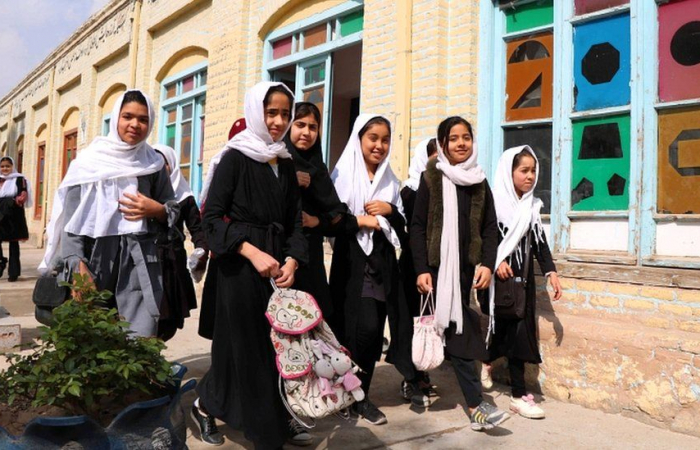Countries that want to work together usually establish collaborative platforms, which enable them to meet regularly, coordinate positions and, if necessary, take common action.
The G7 is one such platform. It is made up of the seven leading industrialized countries: Canada, France, Germany, Italy, Japan, the United Kingdom, and the United States, as well as the European Union, and has been going since 1975.
For a short time (1997 – 2014), there was also a G8, which brought Russia in together with the G7. However, this was ended when Russia annexed Crimea in 2014.
There was therefore surprise when Donald Trump last month started talking of the G2.
Ahead of his meeting with the Chinese leader, Xi Jinping, on 29 October, Trump wrote on Social Media, “The G2 will be convening shortly”.
The term G2 is not new – it has been used by some American experts for the last two decades as an idea of the US and China, the new big two, sorting out the world between them.
Nobody took much notice until Donald Trump started using the term last month. Most of the world shuddered. The Chinese themselves are wary of the hegemonic undertones of the term. They think its another Trump trick, and they are probably right.
The South China Morning Post quotes Da Wei, director of Tsinghua University’s Centre for International Security and Strategy, as saying that “China is not enthusiastic about the ‘G2’ concept and term.”
“In the past, China wasn’t keen on it … I think this attitude has not changed,” he said.
Donald Trump has no such qualms. There is nothing that he wants more than for the Trump US to be the world’s hegemon, but he understands that on the way, he has to deal with China.
In my Monday Commentary on 5 May 2025, I wrote that China was Trump’s biggest problem.
I said that Trump knows that it will be China, not Ukraine that will define his second term as President, and it will be China, not Russia, that the US will have to deal with sooner rather than later, as a more assertive China starts (or one should say continues) to be more important, more significant, and increasingly more troublesome for the United States on the world stage. Everything that Trump does, and has done up to now, is connected to this moment. There are three issues that may well provide a casus belli for a stand-off, and possibly more, with China. Apart from Trade, the other two are Taiwan and the South China Sea. The Chinese Embassy in Washington stated defiantly in March that China “is ready to fight till the end” in “a trade war or any other type of war”.
US President Donald Trump and his Chinese counterpart, Xi Jinping, met in South Korea in October, raising hopes for a de-escalation of tensions.
Trump described the talks as "amazing", while Beijing said they had reached a consensus to resolve "major trade issues". You only need to see the videos of the moment Trump and Xi met to understand the different approaches: Trump as always loud and animated; Xi silent, and sphinx-like.
Relations have been tense since Trump began imposing new tariffs on China, prompting retaliation from Beijing. More recently, China tried to curtail the sale of rare earth products to the US.
So why is Trump talking about a G2?
Trump wants, if possible, to avoid war with China under his watch. It will be too costly and unpredictable.
Offering China the role of joint hegemon may win time, despite its risks. None of the actual problems will go away; in fact, they may be exacerbated.
In the meantime, Trump wants to show China that the US has teeth, and it will use them if necessary.
The rebranding of the Department of Defence into the Department of War may seem like an expensive and reckless act of folly. But it sends a signal. Other, more tangible actions like missile tests, withdrawal from the test ban treaty, etc, do so too.
Will there be a G2? It is highly unlikely. The Chinese have their own vision of the world in which, so far, Trump has been an irritant, rather than a problem. Their view of things is much longer than Trump’s. They will remain engaged, and they will talk. They are happy that the US president now looks at them as an equal. But they will not formalise the relationship. In the meantime, Donald Trump will continue sending contradictory signals, hoping to confuse the Chinese. It is unlikely.






